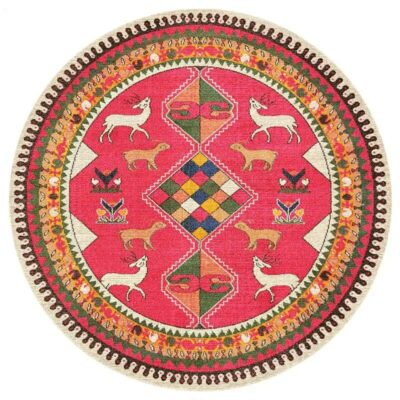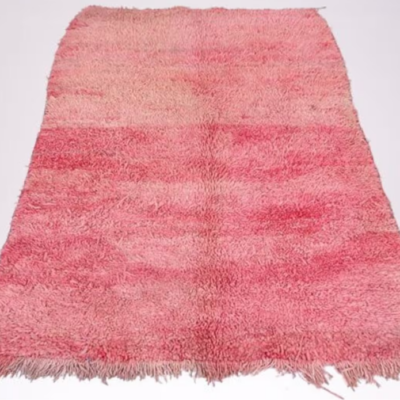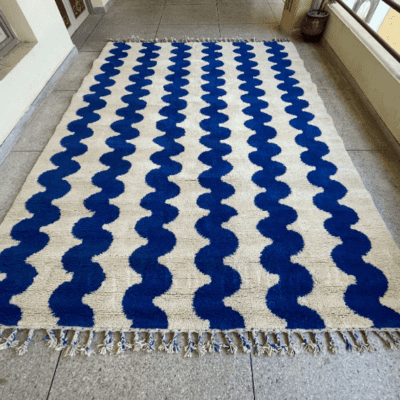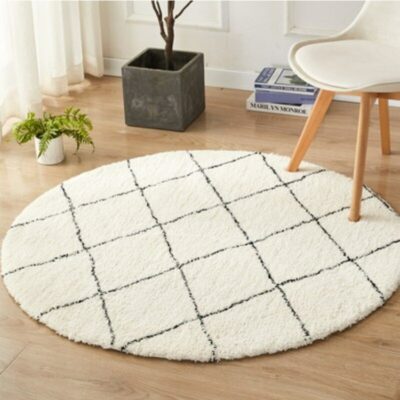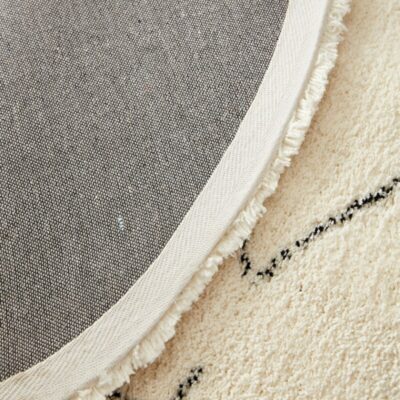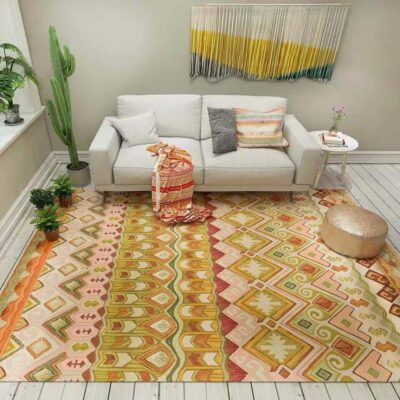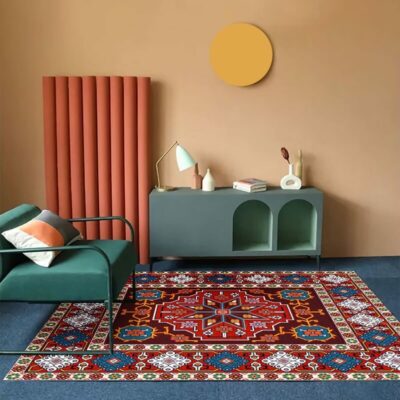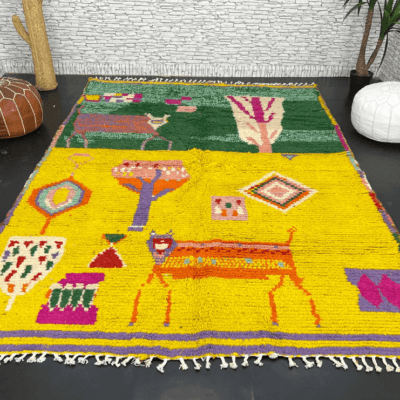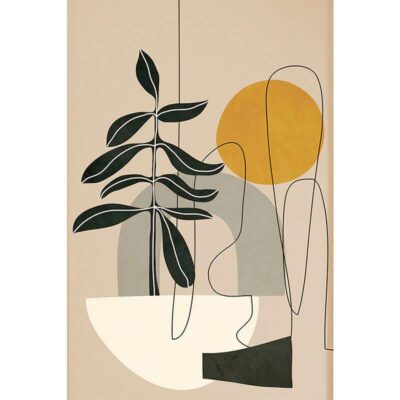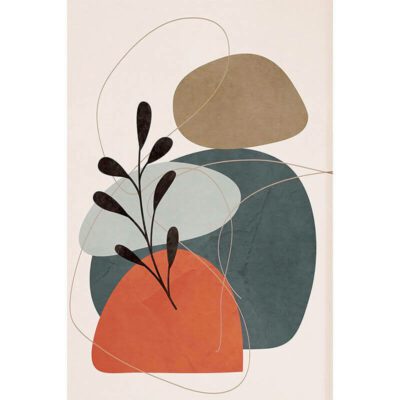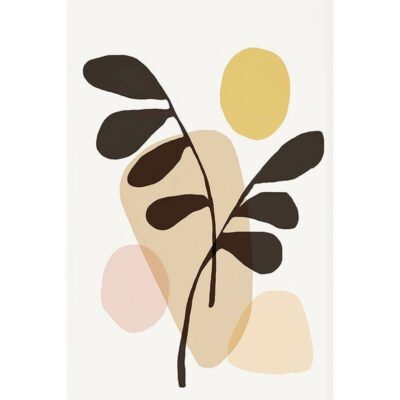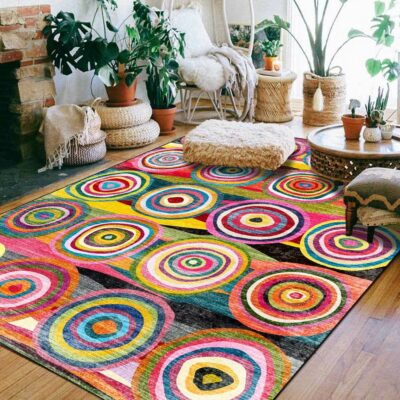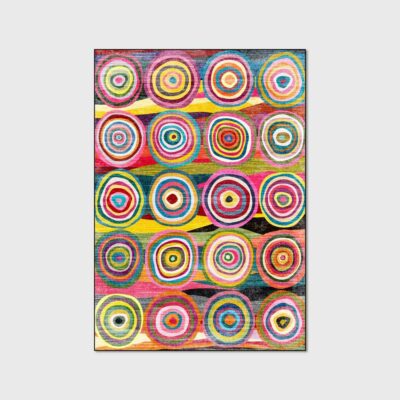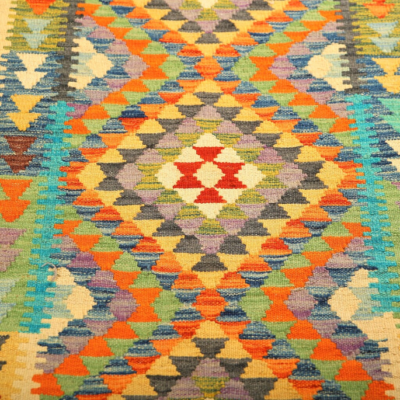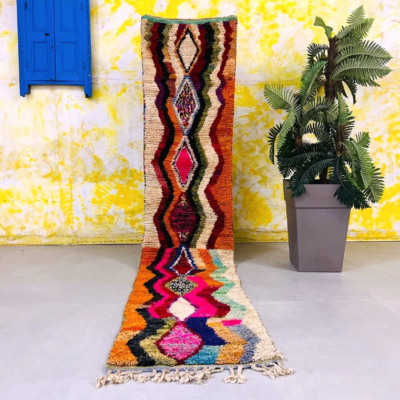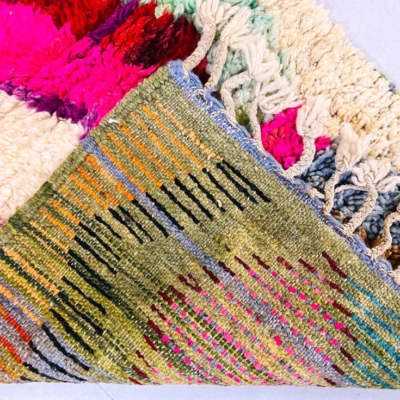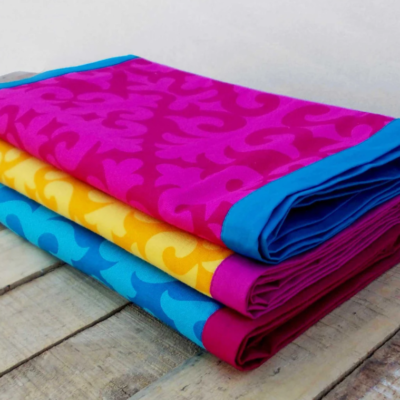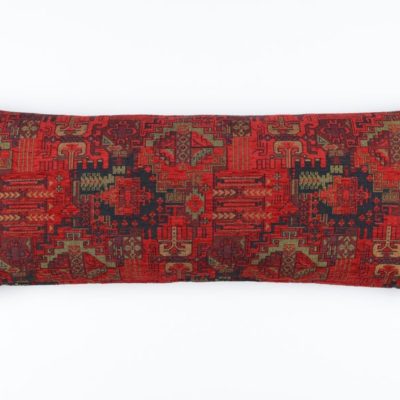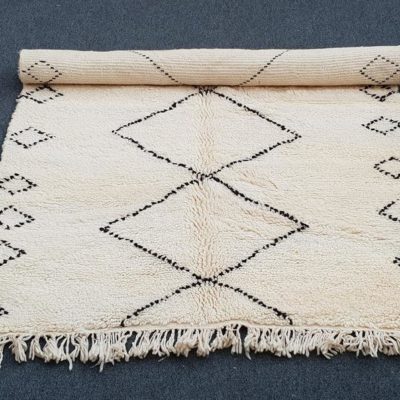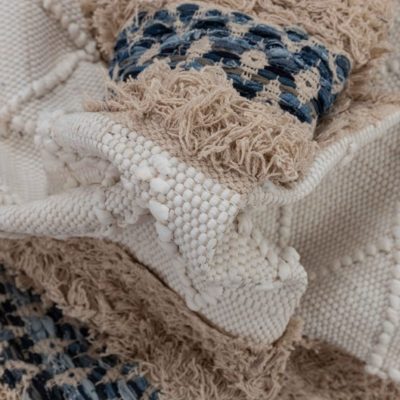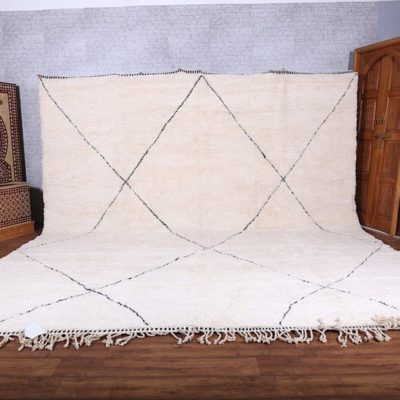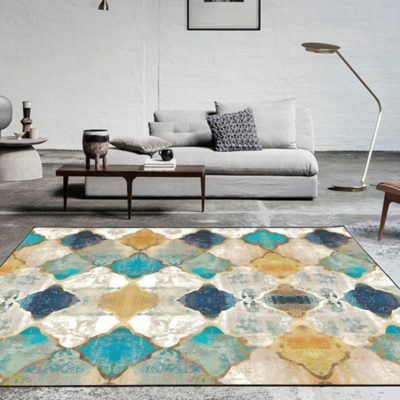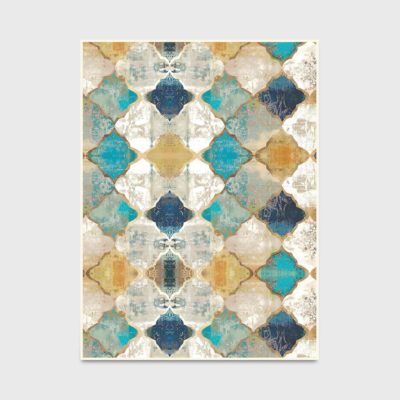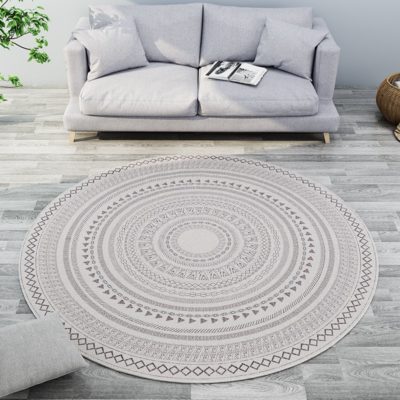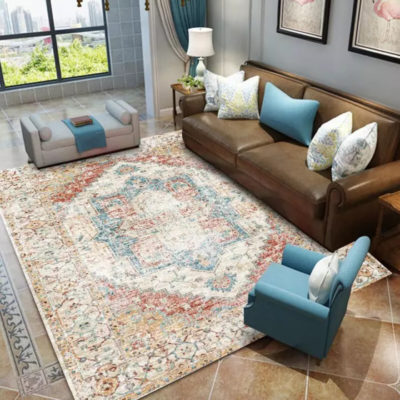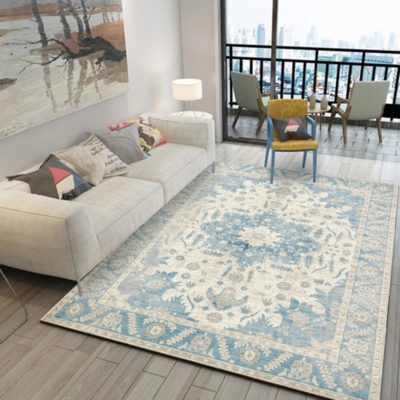-
- ↓ 17%
Sahara Mirage M...
-
300.00$249.99$
-
- ↓ 18%
Moroccan Round ...
-
55.00$45.00$
-
- ↓ 15%
Cute Pink Moroc...
- 321.00$ – 599.00$
-
- ↓ 15%
Pink Moroccan R...
- 321.00$ – 599.00$
-
- ↓ 14%
Abstract Morocc...
-
1,150.00$992.00$
-
- ↓ 11%
Handwoven Blue ...
-
3,599.00$3,195.00$
-
- ↓ 29%
Moroccan Luxury...
- 90.99$ – 129.00$
-
- ↓ 27%
Moroccan Living...
- 59.99$ – 71.99$
-
Moroccan Bohemi...
- 12.90$ – 74.99$
-
Beautiful Multi...
- 12.90$ – 74.99$
- Rated 4.67 out of 5
-
Abstract Multic...
- 12.90$ – 74.99$
- Rated 5.00 out of 5
-
Bohemian Living...
- 12.90$ – 74.99$
- Rated 5.00 out of 5
-
Abstract Morocc...
- 12.90$ – 74.99$
- Rated 2.68 out of 5
-
Ethnic Moroccan...
- 12.90$ – 74.99$
- Rated 5.00 out of 5
-
Leaf Design Mor...
- 12.90$ – 74.99$
-
Moroccan Colore...
- 12.90$ – 74.99$
- Rated 5.00 out of 5
-
- ↓ 34%
Hand Knotted Ki...
-
450.00$299.00$ - Rated 5.00 out of 5
-
Moroccan Corrid...
- 871.00$
-
Bright Colored ...
- 35.50$
- Rated 5.00 out of 5
- Each table runner is hand made, made of high quality materials, easy to clean, stain resistant. It is sewn on all four sides, not easily loose thread.
-
- ↓ 40%
Vintage Morocca...
-
2,097.12$1,258.28$
-
Turkish Morocca...
- 75.36$ – 150.72$
-
- ↓ 40%
Handmade Authen...
- 314.24$ – 5,379.18$
-
- ↓ 15%
Handmade Morocc...
- 229.46$ – 798.66$
- Rated 4.75 out of 5
-
- ↓ 50%
Handmade Morocc...
- 620.44$ – 5,177.86$
- Rated 5.00 out of 5
-
- ↓ 37%
Moroccan Handma...
- 110.49$ – 305.43$
-
- ↓ 40%
Moroccan Round ...
- 66.42$ – 828.36$
- Rated 5.00 out of 5
-
- ↓ 45%
Moroccan Home R...
- 31.17$ – 366.03$
Moroccan Rug
What Are Moroccan Rugs?
You may have heard about fine Moroccan rugs being used to enhance homes, hotels, resorts, restaurants, and office spaces with an upscale appeal. But do you know what they’re and where they’re made?
Moroccan carpets and rugs are textile floor coverings hand- woven in Morocco by indigenous ethnical people. Even though the utility is their main purpose in Morocco, numerous people throughout the world enjoy collecting and decorating with them.
The contrasting styles of authentic Moroccan rugs are due in large part to the characteristic climate of the region. This gives each individual piece its own unique story, function, and cultural flair.
Why Are Moroccan Rugs Popular?
Dynamic color folk art designs and bold geometric patterns are what make these floorcloths widely known. These heirlooms have been passed down for generations and are now the hottest trend in scenery for interior designers.
Collectors love them for their fantastic beauty, simplicity, and distinctive primitivism with a childlike appeal. They anchor any room in an exclusive curated style.
Who Makes Moroccan Rugs?
Every carpet has been traditionally woven in Morocco by people of various clans. Morocco Berber carpets are handwrought by the Berber people in North Africa and the Sahara. The weavers are generally not trained and lack formal cultural instruction. Designs are woven from memory rather of using formal patterns.
The nomadic people frequently carried their looms from one place to another. This means you’ll generally not see a Moroccan woven hairpiece wider than seven feet.
What Are Moroccan Tribal Rugs Made From?
The Berber carpets of Morocco are woven from pure sheep wool in different piles and density according to the region. Moroccan throw rugs made with a thicker pile are used in the cold and snowy Atlas Mountains area. Lighter Moroccan flat weave rugs are created for the hot climate of the Sahara Dessert.
Each floor covering takes anywhere from 2 weeks to 6 months( depending on the size and complexity) of weaving by hand creating a unique masterpiece on a loom. Every Moroccan area rug is original and considered one- of-a-kind. These tapestries are traditionally made by women using symbolism to weave in her life story.
Today, many types of Moroccan rugs are also mass- produced using a variety of substances similar as nylon and Olefin fiber plus wool. The use of synthetic materials has constructed lower quality floor decor at further affordable prices. Some countries are banning this practice to insure quality and to save the uniqueness of each ethnical design.
Are Moroccan Rugs Durable?
Rugs from Morocco are high quality making them very durable which is why they’re frequently found in seminaries, offices, homes, and high traffic areas throughout the world. They’re stain- resistant and generally more affordable than plush carpets. Make sure to clean these floor accents every 6 to 12 months to prevent wear and tear patterns.
What Are the Moroccan Berber Rug Symbols?
The women who weave Berber rugs add symbolism into their designs that represent birth or fertility. Motifs are used to represent colorful events and phases in a woman’s life including childhood, virginity, courting, creating a union, gestation, birth pains, giving birth, and a newborn child.
The colors used in each cloth also have meaning. Red symbolizes strength and protection, blue represents wisdom, yellow stands for eternity, and green means peace.
How Are Moroccan Rugs Made?
The hand- spun cloth Berbers are named after individual tribes. Modern mass- produced Berber carpets are made using a circle pile construction that gives a similar appearance to the knotting of traditionally woven rugs.
Handmade Moroccan carpets are still actively woven in numerous rural areas of Berber countries. This is still the primary income for numerous families that sell them in local markets and to merchants and tourists. The handwoven rugs are more unique using artistic designs and natural materials.
These carpets can be very thick with a heavy pile or flat woven and light to reflect the cold or hot region of which they’re made. Each lineage of generational rug weavers has developed its own distinctive designs paired with colorful weaving and embroidery styles.
The three major weaving styles generally set up in Moroccan rugs include interlaced, flat weave( no knots), and weft substitution.



